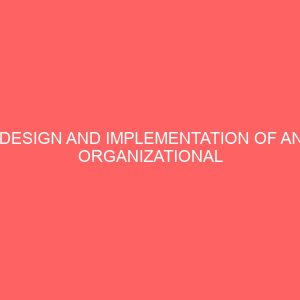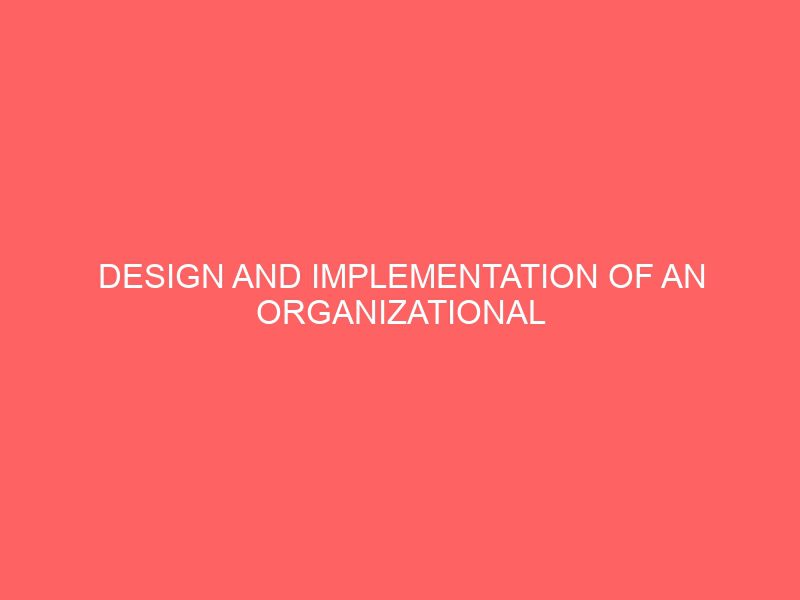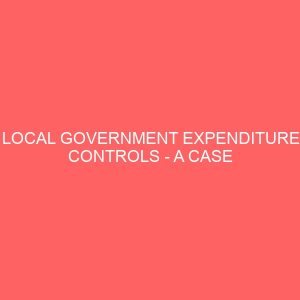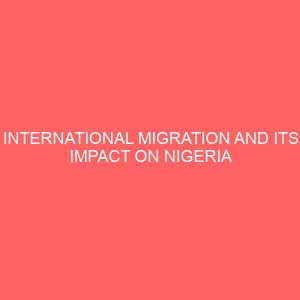Description
CHAPTER ONE
BACKGROUND OF THE STUDY
- INTRODUCTION
Web Design is a process of conceptualization, planning, modelling, and execution of electronic media content delivery via internet in the form of technologies (such as mark languages) suitable for interpretation and display by a web browser or other web-based graphical user interfaces (GUIs).
The intent of web design is to create a website (a collection of electronic files residing on one or more web servers) that presents content (including interactive features or interfaces) to the end user in the form of web pages once requested. Such elements as text, forms, and bit-mapped images (GIFs, JPEGs, and PNGs) can be placed on the page using HTML, XHTML, or XML tags. Displaying more complex media (vector graphics, animations, videos, sounds) usually requires plug-ins such as Flash, QuickTime, Java run-time environment, etc. Plug-ins are also embedded into the web pages by using HTML or XHTML tags.
Improvements in the various browsers compliance with W3C standards prompted a widespread acceptance of XHTML and XML in conjunction with Cascading Style Sheets (CSS) to position and manipulate web page elements. The latest standards and proposals aim to leading to the various browsers’ ability to deliver a wide variety of media and accessibility options to the client possibly without employing plug-ins.
Typically web pages are classified as Static or dynamic.
- Static pages don’t change content and layout with every request unless a human (web master or programmer) manually updates the page.
- Dynamic pages adapt their content and/or appearance depending on the end-users input or interaction or changes in the computing environment (user, time database modifications, etc.) content can be changed on the client side (end-users computer ) by using client-side scripting languages (JavaScript, Jscript, Action script, media players and PDF reader plug-ins, etc.) to alter DOM elements ( DHTML). Dynamic content is often compiled on the server utilizing server-side scripting languages (PHP, ASP, PERL, ColdFusion, JSP, Python, etc.). Both approaches are usually in complex applications. With growing specialization within communication design and information technology field, there is a strong tendency to draw a clear line between web design specifically for web pages and web development for the overall logistics.
1.2 BACKGROUND OF THE STUDY
Inspired by Mahatma Gandhi, the father of peace through non-violence concept, and Pr.Johan Galtung the principal founder of the discipline of Peace and conflict studies, through his concept of conflict transformation by peaceful means, Great Lakes Peace Network Foundation is a non-profit network of a volunteer’s team involved in peace building, sustainable development and any other field related to the respect of human dignity.
GLPN was created in 1994 by Dr.Claude Shema-Rutagengwa, under GLPI label-Great Lakes Peace Initiative- but later changed status and name, then switched to the new status and actual name which is:
“GLPN-The great Lakes Peace Network Foundation”, with a priceless joint work of Anke Weisheit (The creation of GLPN is mainly based on the situation in the so called” The great Lakes region of Africa-GLRA” due to the intractability of the cruel conflict in that area.
Therefore, the former Germany-Belgium colony is regarded as a field of interest motivated political conflict between powerful countries since decades ago. This context motivated GLPN to work locally for peace and sustainable development in this region, but at the same time to have remarkable direct transformative impacts on external actors who are fueling the conflict in this region and vice-versa.
GLPN believes that the experience gained from the great lakes region of Africa, as intractable conflict with multiple actors from different backgrounds or cultures, and different nations, can be a milestone towards remedying similar indocile conflict all over the world, and contribute to peacebuilding and conflict transformation in any other part of the world, through sharing experiences and using the effective methods succeeded in this region.
Vision and Mission of GLPN: Great Lakes Peace Network Foundation is an independent peace and development network, non-profit organization aiming at peace by peaceful means. It inspires a passion for peace and sustainable development and other related fields focusing on a better and peaceful future for humankind.








Reviews
There are no reviews yet.